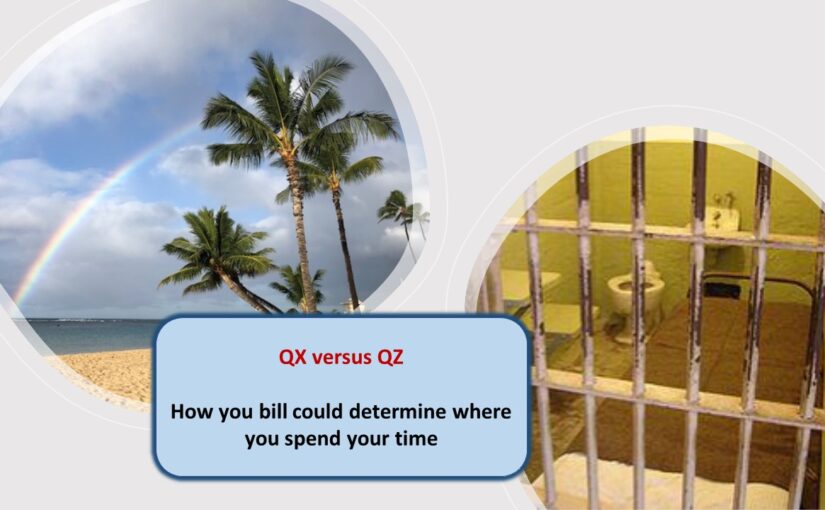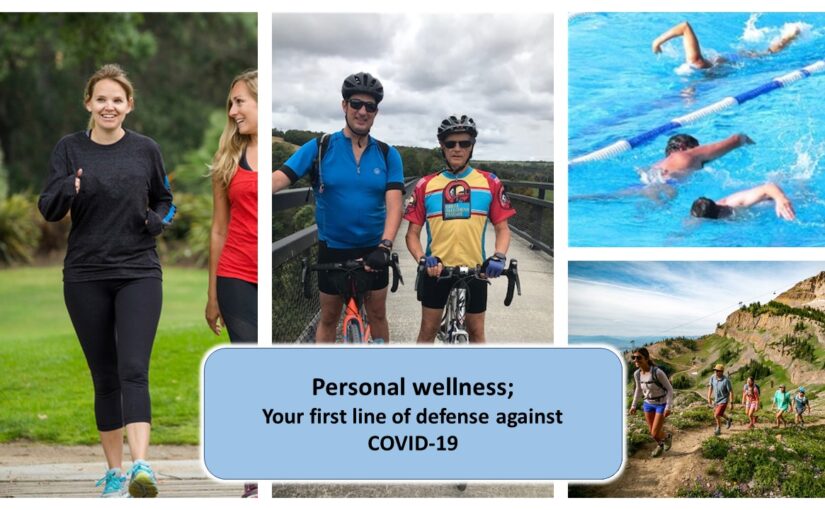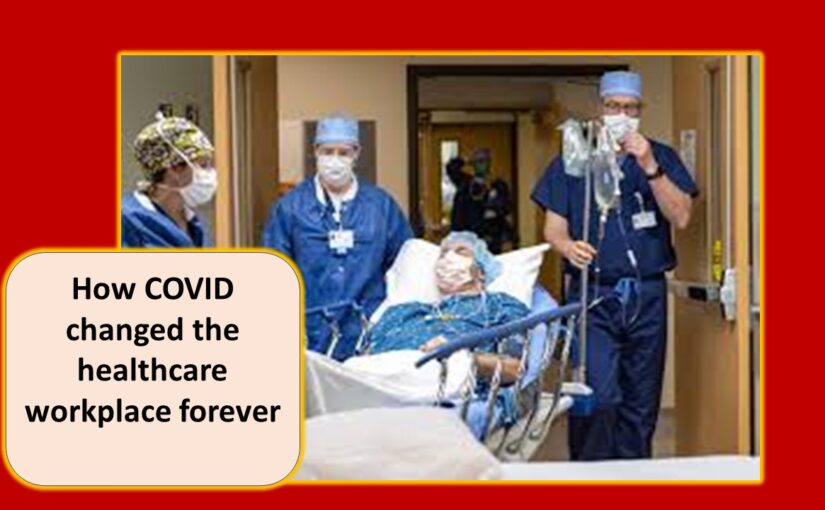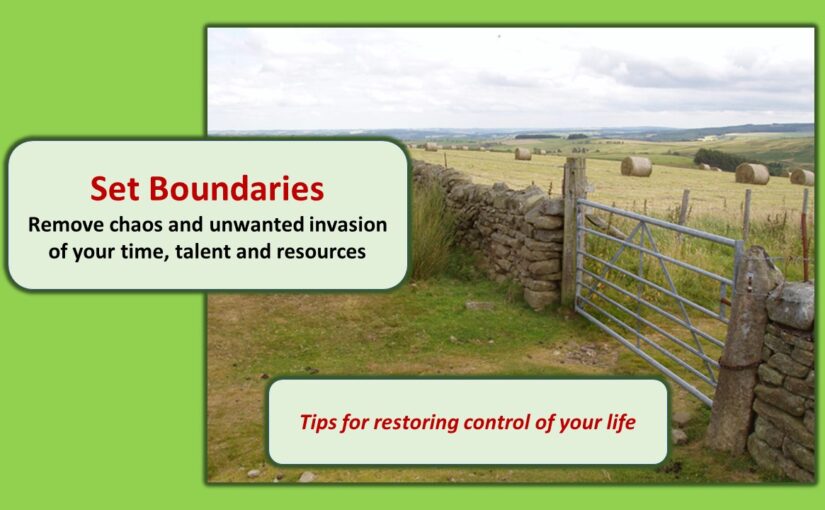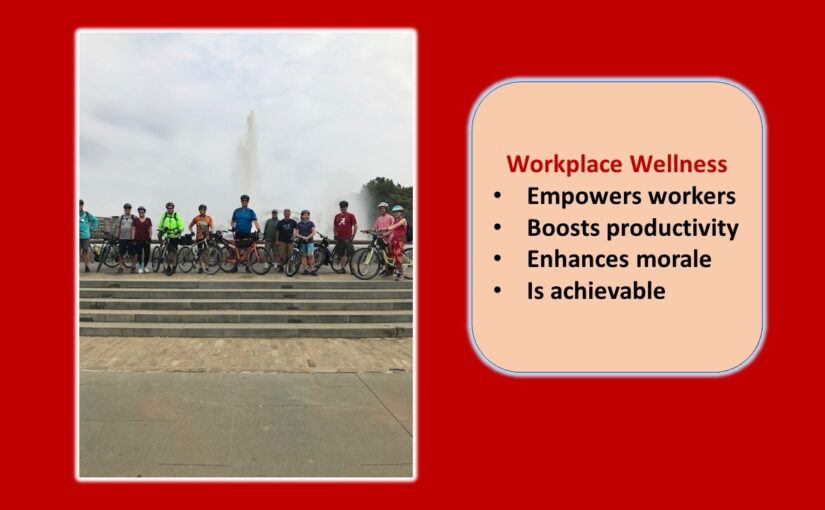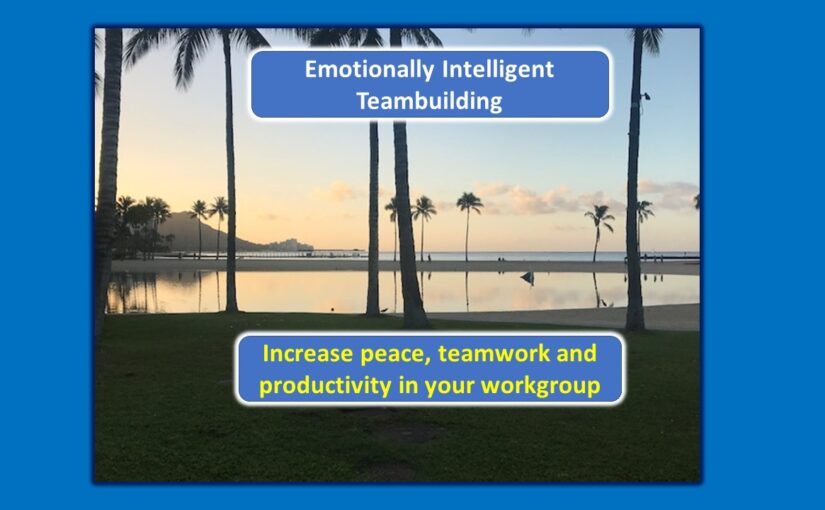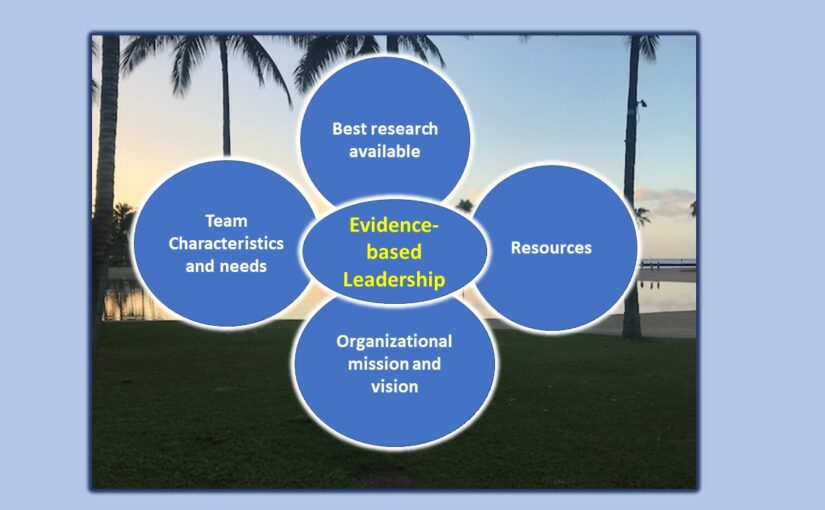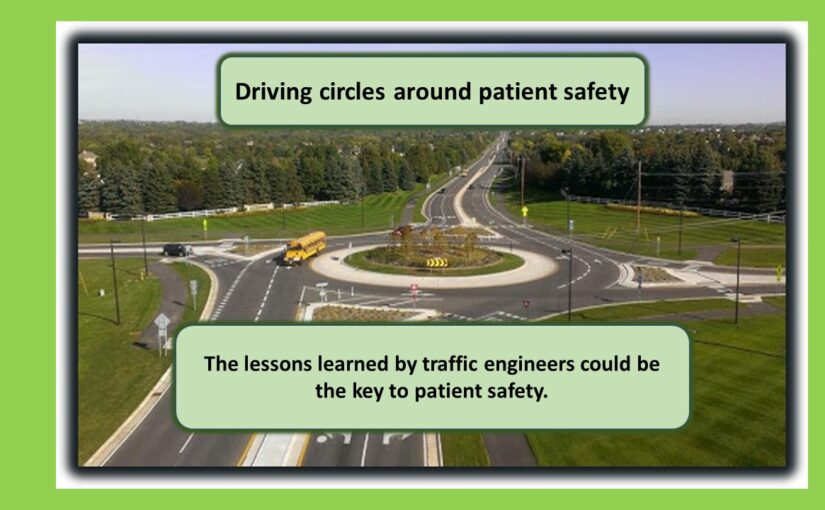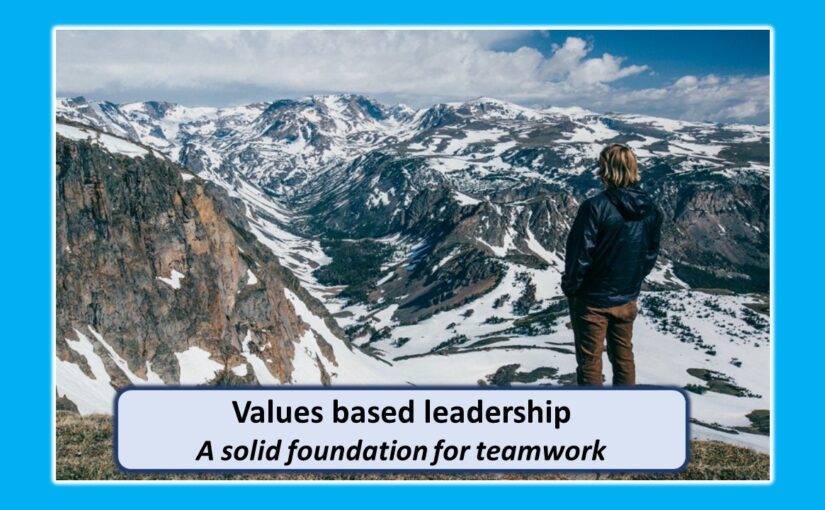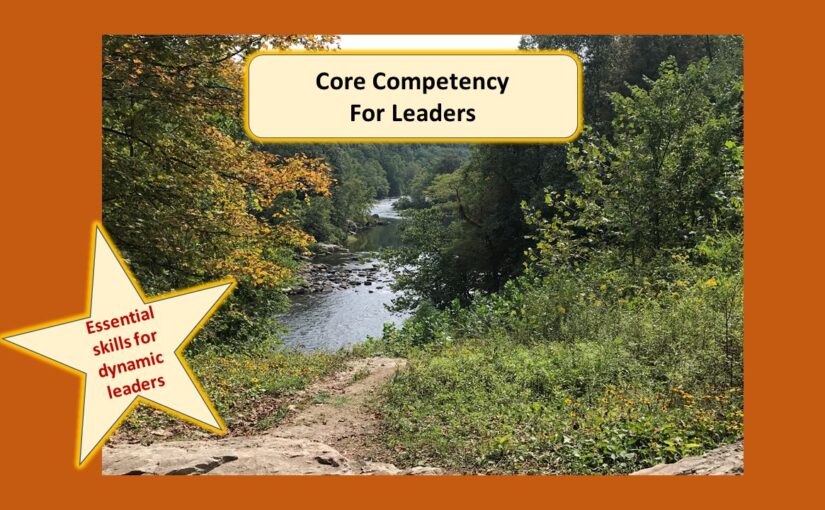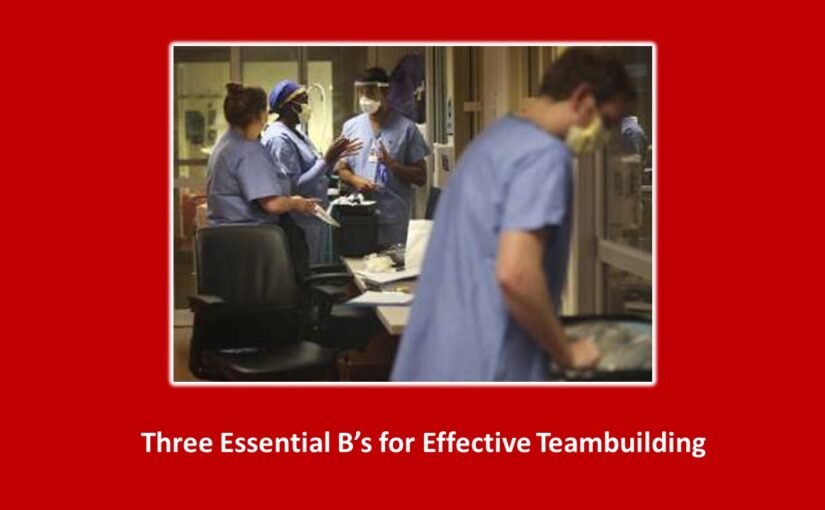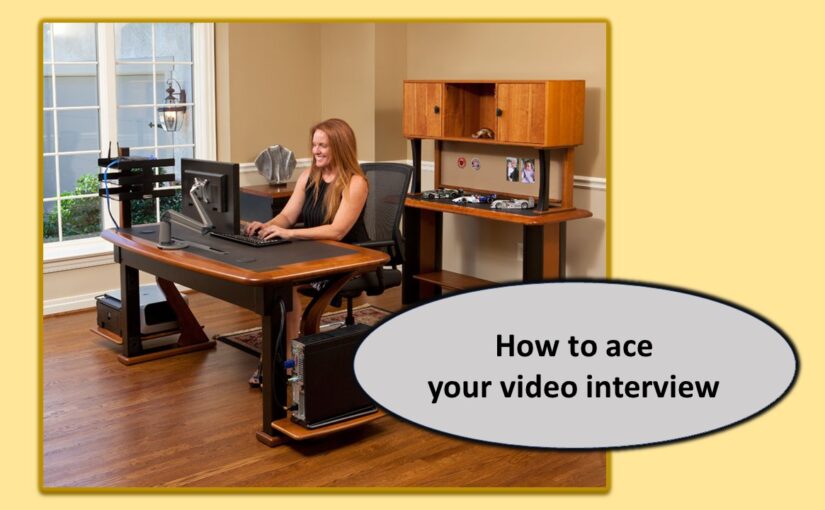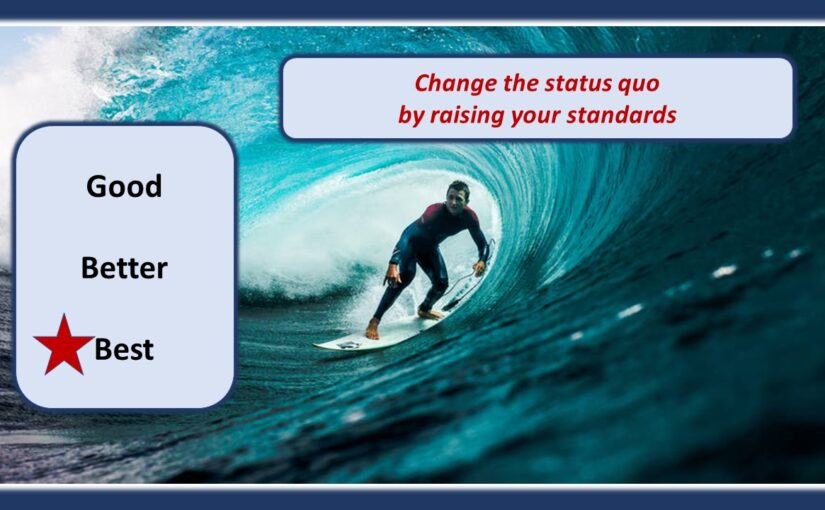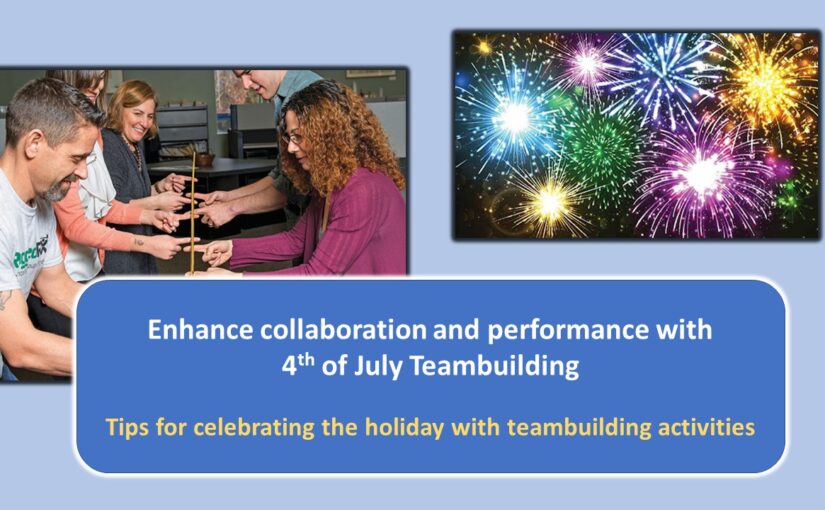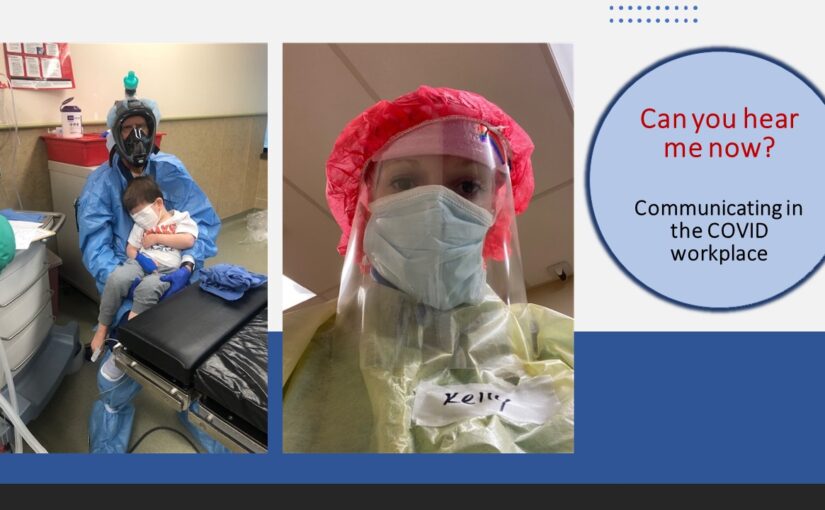Stay out of jail; Avoid billing fraud
By Thomas Davis, DNAP, MAE, CRNA
Nobody goes through the rigors of professional education and certification intending to end up in jail, but that is exactly where you could spend time if convicted of billing fraud. Whether you plot, plan, and intentionally defraud the payor or you are unintentionally complicit with a scheme, you could face incarceration and a hefty fine.
Going back to the days of the civil war, the US government implemented the false claims act to address fraud in goods sold to the US government to support the war. Those who sold lame horses and boxes of sawdust to supply the troops were fined, jailed or both. Over the subsequent century and a half, the false claims law has been expanded and applied to everything purchased by the government including healthcare.
Whereas it is easy to look at a box of sawdust and know that it’s not ammunition, it is much more difficult to look at patient care and determine whether the service was actually performed and, if so, whether the care rendered was of acceptable quality. In healthcare, those who submit bills for reimbursement for services must meet a standard of care and be able to validate the veracity of the claim for reimbursement.
One of the greatest risks for nurse anesthesiologist to commit billing fraud arises from billing for services that were not provided
There are several practice models for the delivery of anesthesia services and each model has a unique modifier designating the type of provider administering the anesthetic and triggering the payment for service. Of the anesthesia billing modifiers, using QX when the patient received QZ care is a violation of the false claims act and carries penalties for those submitting the claim.
| Modifier | Description |
| AA | Services performed alone by a physician anesthesiologist. |
| AD | Medical supervision by a physician: over 4 cases |
| QK | Medical direction of two, three or four concurrent cases |
| QX | Medical direction of a non-physician anesthetist |
| QY | Medical direction on one qualified non-physician anesthetist |
| QZ | CRNA service without direction of a physician |
The QX trap
The QX modifier designates medical direction by a physician of up to 4 non-physician anesthetists. When this model is applied, the physician is awarded 50% of the amount that he/she would be paid if doing the case alone for each of the cases being directed at the time. Because CRNAs complained about anesthesiologists billing for medical direction and having no direct involvement in the case, CMS established criteria for medical direction of anesthesia services. The Tax Equity and Fiscal Responsibility Act (TEFRA) of 1982 was released to define criteria that must be met when billing for medical direction of anesthesia services. The 7 requirements for medical direction are:
- The physician must perform the pre-anesthetic examination and evaluation.
- The physician must prescribe the anesthesia plan.
- The physician must personally participate in the most demanding procedures in the anesthetic plan including being present for induction and emergence.
- The physician must ensure that a qualified person performs the anesthetic plan.
- The physician must monitor the course of anesthesia administration at frequent intervals.
- The physician must remain physically present for all key and critical portions of the procedure and be available for immediate diagnosis and treatment of emergencies.
- The physician must provide post anesthesia care as indicated.
When the QX modifier is used and all seven TEFRA requirements have not been met, billing fraud is occurring. Hey, wait a minute…I’m just doing the cases, someone else is submitting the bill. In the eyes of the law, ignorance is not an excuse. When the case is being reimbursed based on your name, you must ensure that all the requirements are met before applying the QX modifier. If you are unsure, ask those who submit the bill about the modifier being used for the cases you perform and make sure the code is in alignment with the services provided.
Examples of billing fraud
An operating room suite has 12 rooms with 12 CRNAs and 3 anesthesiologists to cover the department. Each physician anesthesiologist is assigned to provide medical direction for 4 CRNAs and is following the TEFRA rules for medical direction. Midafternoon, the final cases are going in all the rooms, and everything is stable. One of the anesthesiologists is due for an early out so he transfers supervision of two of his room to each of the remaining anesthesiologists. At this point, the remaining anesthesiologists are supervising 6 rooms each and the cases no longer qualify for the QX model. In this case, billing for medical direction of any of the 12 cases in progress is billing fraud, however billing using the QZ modifier is perfectly legal and appropriate.
A busy GI center has 4 CRNAs and one physician anesthesiologist. The center uses the QX model for billing however, CRNAs complete about 50% of the preoperative evaluations and the physician anesthesiologist is not present for induction. Because the physician anesthesiologist does not see patients preoperatively, does not prescribe the anesthetic plan, and is not present for induction, the seven TEFRA rules are not met and submitting a claim using the QX modifier is billing fraud.
Protect yourself
Awareness and attention to detail will protect you from spending time at the big house. Determine who does your billing and verify the appropriate billing modifier that is being used. If your cases are billed as QX, make sure that ALL SEVEN of the TEFRA requirements have been met. If the TEFRA requirements are not being met, use the QZ modifier and your bills will meet the legal standard.
CRNAs spend years preparing themself for admission to an education program and then sacrifice several years of their life to the knowledge and skills necessary for certification. Your credentials and your reputation are valuable assets…remain diligent and protect yourself from billing fraud.
Tom is an experienced leader, educator, author, and requested speaker. Click here for a video introduction to Tom’s talk topics.
